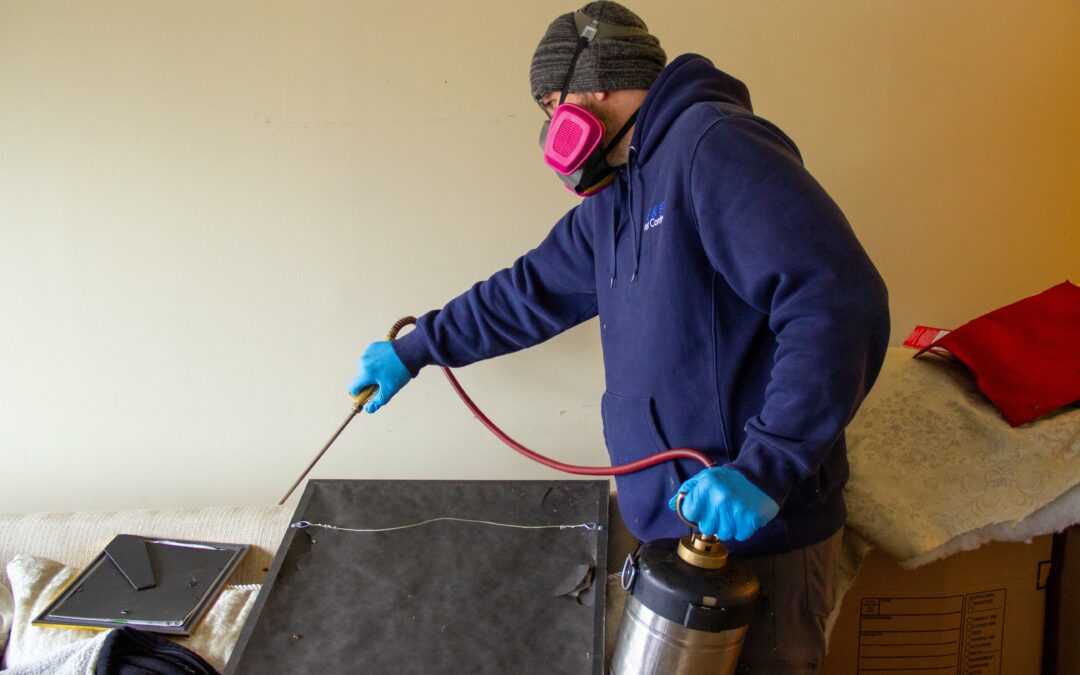The insects known as predaceous ground beetles belong to the family Carabidae in the order Coleoptera, which is made up of beetle species. The order Coleoptera is the largest of all orders, as more than 400,000 beetle species have been documented worldwide, 40,000 of which are predaceous ground beetles. Many predaceous ground beetle species are large in size and very fast, which allows them to capture, overpower, and consume a large proportion of small arthropods that share their habitat.
Predaceous ground beetles are aptly named, as most species are carnivorous predators that rely solely on arthropod prey for sustenance. These vicious beetles are prevalent in a variety of habitats including heavily wooded areas where numerous species nest behind tree bark, beneath logs, among rocks, and on sandy landscapes bordering water bodies. Ground beetles are ubiquitous on residential and commercial properties where they are considered beneficial due to their habit of preying on insect pests that inflict damage to cultivated ornamental plants in gardens and on well manicured landscapes. However, a large number of ground beetle species are also pests that occasionally invade structures in large numbers where they can pose a serious nuisance, and in some cases, a medical threat.
The majority of predaceous ground beetle species range from ⅛ inch in length to a little more than ½ inch in length, but a sizable minority of ground beetle species are a full inch in length or more. Most ground beetle species are black to brown in color and have slender legs with a head that is narrower than their neck. While ground beetles have wings, not all species are capable of flight, and those that are, often become an annoyance when they gravitate toward porch lights and indoor lights.
Predaceous ground beetles are known to invade homes from March to October in Massachusetts, but most infestations occur during the late summer and fall when many ground beetle species seek out overwintering sites within warm structures. Ground beetles may also enter homes when they migrate en masse to seek out new insect prey after depleting the food supply in their previous habitat. These beetles have flat bodies that enable them to slip through cracks, crevices and other narrow entry points on the exterior walls of homes where they congregate in high moisture spaces. Many ground beetle species that are occasional indoor pests secrete caustic and/or foul smelling defensive fluids that often permeate homes. These defensive fluids have been known to cause skin irritation when humans handle ground beetles or when they become numerous within structures.
Have you ever sustained an injury from a beetle specimen?

